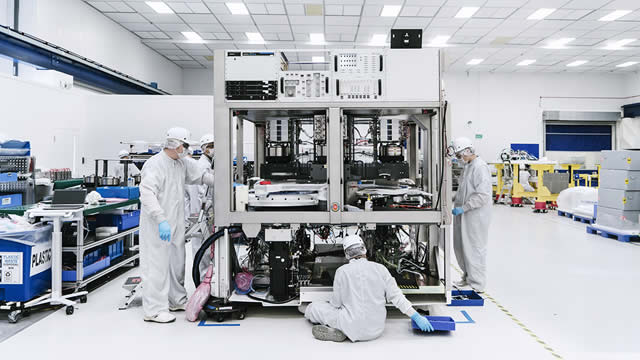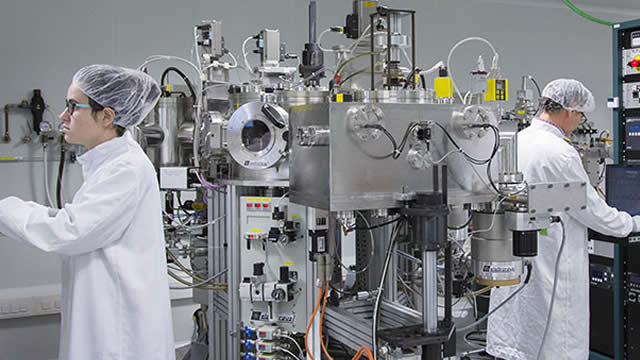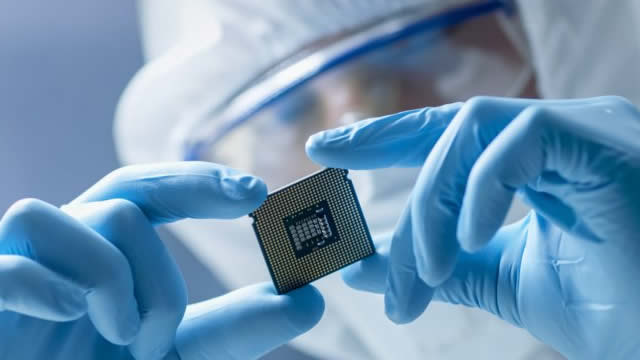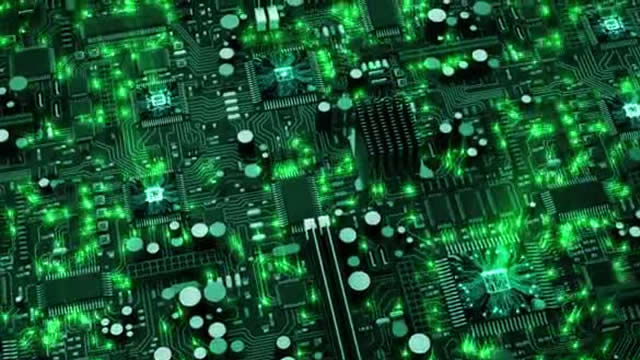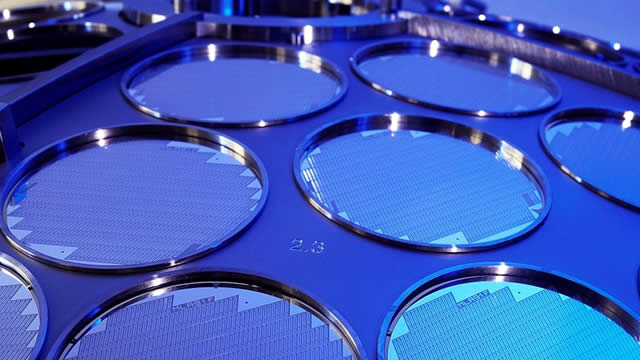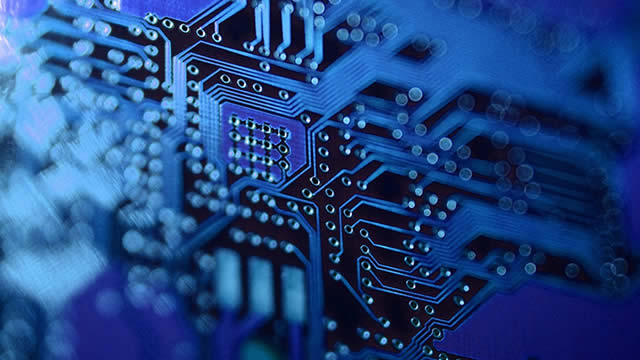KLAC Stock Recent News
KLAC LATEST HEADLINES
Whether you're a value, growth, or momentum investor, finding strong stocks becomes easier with the Zacks Style Scores, a top feature of the Zacks Premium research service.
KLAC boosts packaging tools to meet AI-driven chip demand, eyeing sharp revenue gains and deeper customer adoption.
KLAC rides AI-driven demand with strong gains in advanced packaging, outpacing AMAT's slower growth and China headwinds.
KLA Corp. trades near its 52-week high as AI-driven chip demand and advanced packaging tools fuel rapid revenue growth.
I track 50 high-quality dividend growth stocks to identify opportune investments, updating valuation ratings daily to focus on attractive opportunities. In this turbulent year, my investable universe kept up with SPY and outperformed SCHD year-to-date, with a gain of 5.63% compared to 5.72% and -2.13%. This month, 18 stocks had valuation rating changes; 5 were upgrades, including Paychex with an attractive expected return.
My Top 15 High-Growth Dividend Stocks outperformed SPY and VIG in June, gaining 6.15% versus SPY's 5.14% and VIG's 3.41%. The list's year-to-date return is 12.59%, beating SPY every month in 2025, though still a bit short of my 12% annualized target. The July 2025 Top 15 stocks offer a 1.38% average dividend yield with an 18.78% 5-year dividend growth rate and are 23% undervalued.
KLA (KLAC) closed the most recent trading day at $889.87, moving 1.45% from the previous trading session.
Electronics stocks like KLAC, ROK and FLEX are expected to benefit from investments in infrastructure and expanded capacity despite macroeconomic headwinds.
APH, JBL, NEM, KLAC and LRCX have seen strong gains and bullish momentum for 2025 as S&P 500 quickly gains ground after April's turmoil.
KLA (KLAC) concluded the recent trading session at $902.94, signifying a +1.06% move from its prior day's close.
